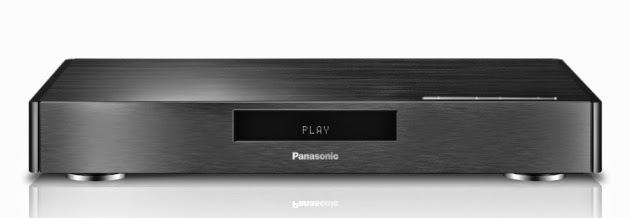Richard van As was recalling the moment of May 2011, when he was in the hospital of Johannesburg and waiting for the statement that his fingers can be stitch back, before an hour he was in carpentry workshop where saw slipped and ripped through his four fingers of right hand. And all of this happened too quickly to understand and know that what actually happened. Rather than the fear of losing his fingers, he was thinking for the way to fix the problem, which is the habit of any real carpenter.
After a lot of research in medicinal field and scouring on the Internet, he couldn’t find it anywhere to buy a functional prosthetic finger whereas the cost of prosthetic hands and limbs was thousands of dollars. But in the end his online research and surfing paid off as he finds the amateur video which was posted by a mechanical effects artist Ivan Owen, who was from Washington State. After five minutes he finds that, actually people can use it.
Printing Prosthetics:
The pair of a mechanical finger was developed for Richard van As, but the process has gone for the countless benefit in all over world. In January 2012, it was official launched to create affordable mechanical prosthetics with the help of 3D printers. It has been designed in open source, so anyone with the help of desired technology and 3D printer can print out hands, any fingers, and arms as well.
These specialized printers use the additive manufacturing technique and PLA (thermoplastic material Polylactide) to print body parts like; joints and knuckles which can be produced through the combination of stainless steel and aluminum with personalized approach to assemble and fit in the body of human through the guidance of free open-source manual.
After the five minute of installation people can start ti use it. According to, Leonard Nel, communications manager of team, “It’s anatomically driven by the shoulder, elbow and wrist, which means its movements will be controlled by the user”.
Richard van As drives the whole process simply, by removing unnecessary red tape to reduce the cost with something as essential as a limb. The first Robohand was created for the five-year-old Liam in South Africa, who was born with ABS (amniotic band syndrome) and the syndrome left him with none fingers on his right hand, but after fitting the newly printed mechanical hand Liam he was able to pick up stuff within five to ten minutes.
The hand cost for full adult is $2,000 and it takes five and a half hours to print it and approximately ten to fifteen hours to assemble it. Placing an order for prosthetic is pretty simple as customers need to send measurements by filing the forms and 3-D scans of their hands to get their translation into the software and later that will print out the parts for their desired prosthetic, but for this now an eight-month waiting list from the date of order.








